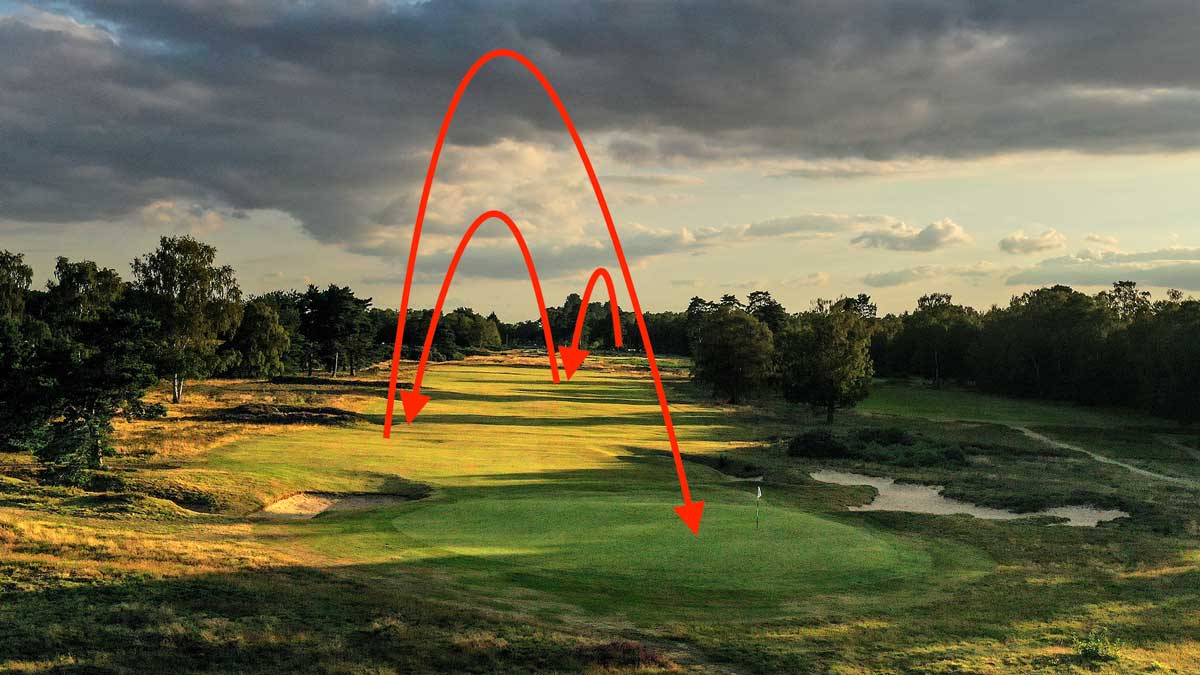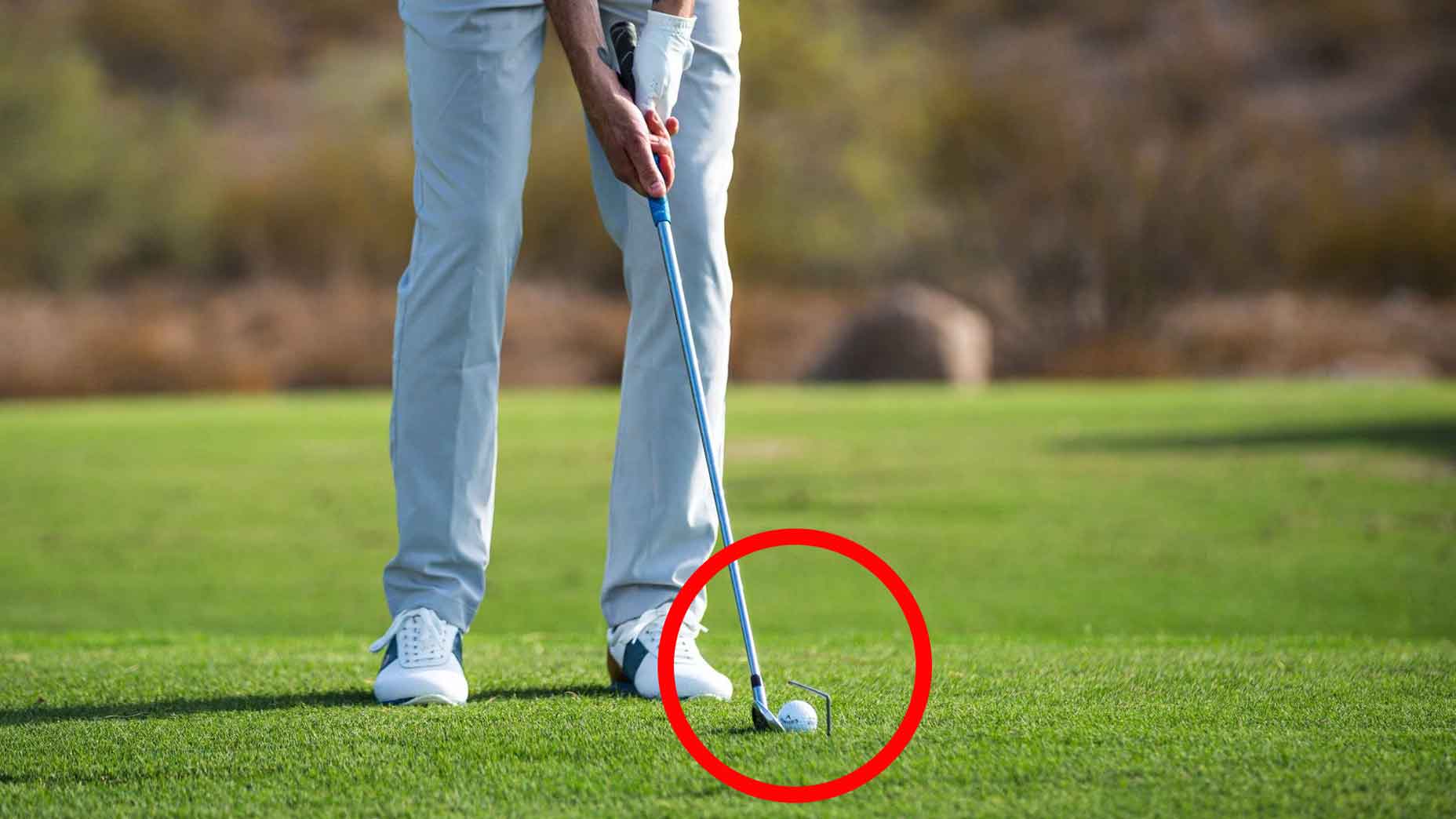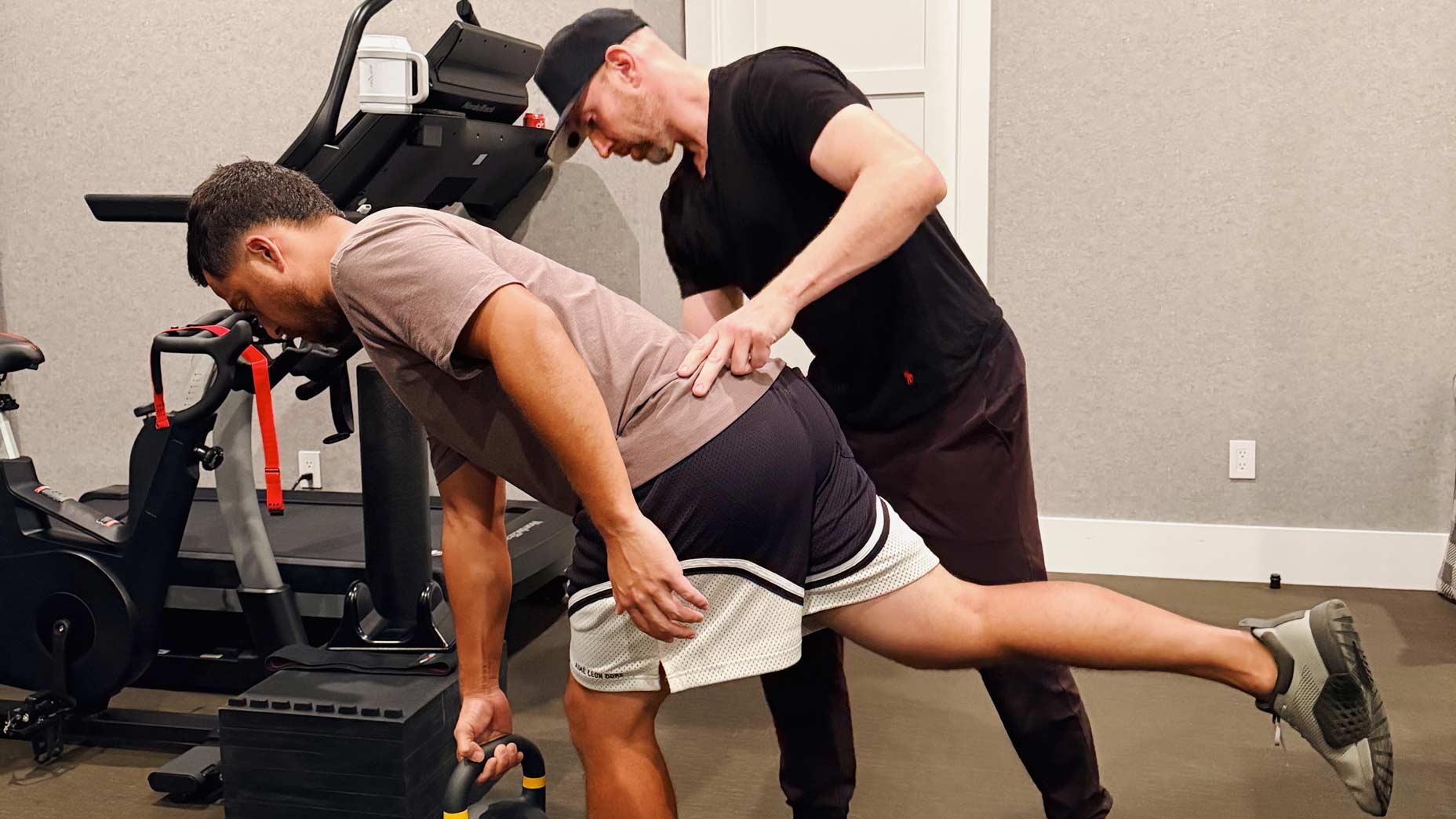Welcome to Shaving Strokes, a GOLF.com series in which we’re sharing improvements, learnings and takeaways from amateur golfers just like you — including some of the speed bumps and challenges they faced along the way.
As a mid-handicapper, I can’t even fathom the amount of work I’d need to do to even sniff becoming a scratch golfer.
Tee shots would need to be more consistent, approach shots would need to lead to more greens-in-regulation, and I’d finally have to cure that little 3-putting issue I often run into.
That said, becoming scratch is probably every amateur golfer’s dream — just ask GOLF’s own Zephyr Melton, who’s trying to accomplish it himself.
4 ways to lower your handicap fast, according to a top teacherBy: Zephyr Melton
To get over that hump and go from a single-digit handicap to a scratch golfer means shaving minimal strokes off your scorecard each round. It means every single shot really does matter, and that a couple of bogies during each round could be the difference between reaching scratch and not.
While most people reading this probably have a long way to go before even thinking about getting over that threshold, for those so close to achieving it, we’re pouring one out to you today.
I tapped GOLF Top 100 Teacher Joey Wuertemberger to give me some tips on what a player can do to finally get over the hump and hit that distinguished title — so see his tips below.
Trying to become a scratch golfer? Try this strategy
“The better you get at golf, the harder it becomes to shave those last few strokes and become a scratch golfer,” Wuertemberger tells me.
But instead of grinding on the driving range to fix some swing issues or try to get a little extra distance off the tee, Wuertemberger says his tip involves dialing in your mental approach and game plan before each round.
“The best players spend hundreds of hours practicing and receiving instruction to fine-tune their golf skills. But what often sets them apart from single-digit players is that they also strategize pre-round on how they can make better decisions while playing,” adds Wuertemberger.
This fun golf practice concept identifies exactly what parts of your game need workBy: Nick Dimengo
Most amateur golfers know the term “course management” — which is simply going through a process to make the smartest decision for your game. But instead of only doing this on the course before a shot, Wuertemberger says many scratch golfers plan ahead before ever even teeing off.
“For the best golfers, course management begins before their round, allowing them to develop a game plan for the day. They study the course layout and scorecard, and manage their own expectations based on uncontrollable factors like weather,” he says.
“In the end, my recommended strategy is asking yourself this — ‘what’s the easiest way to make six-3’s?'”
How to record six 3’s in a round
So how can the hopeful scratch golfer plan for six 3’s in their round? Wuertemberger shares the strategy he tells his top-performing students — which is actually less aggressive than you might think.
“We teach our players to focus on being conservative on par-3’s, smartest on par-5’s, and to attack short par-4’s,” he tells me. “If you know the yardages on the par-3’s and short par-4’s, you can warmup on the range to fine-tune your club selection on these types of shots. Likewise, knowing about any trouble on par-5’s can provide clues on how to rehearse those tee shots on the range, while also visualizing the ball working away from hazards.”
According to Wuertemberger, the more you can give yourself stock yardages from your most comfortable distances, the better chance you’ll have at keeping your score in the red.
He also outlines his suggested approach when playing each type of hole.
How to play par-3’s
On par-3’s, set up with confidence and aim for the middle of the green — not the pin. By using this conservative strategy, it’ll increase your chances of 2-putting and making a stress-free par. Even Tour pros strive for pars on these shorter holes.
Ideally, four of your “six 3’s” will come on these holes.
How to play par-4’s
Short par-4’s are your chance to make birdie — but that doesn’t mean you should always pull out your driver. Select the club that will increase your chances to be aggressive on your approach shot, even if it means using a mid-iron from off the tee. You have to do the math and set yourself up just like you would if laying up on a par-5. Don’t let your ego get you into trouble!
By hitting an accurate tee shot, you can now capitalize on your approach shot and aim below the hole to give yourself the best chance at rolling in a birdie putt.
Let’s strive for two of your “six 3’s” on the easier par-4 holes.
How to play par-5’s
Par-5’s are known as scoring opportunities for good players, but it’s important to avoid getting into trouble off the tee. Always plan your shots to arrive at your preferred stock yardages for the approach shot — assuming you can’t reach the green in two.
10 ways to own par-5s without having to overpower themBy: Kellie Stenzel, Top 100 Teacher
Just like on par-4’s, this all starts with using the appropriate club selection off the tee, ensuring you’re in the fairway for your second shot. In the case that you need to layup on this second shot, always use an iron that leaves you with your favorite wedge into the green.
You don’t want a par-5 to set you back on your quest for six 3’s, so use these longer holes as a chance to offset any bogies you may have made along the way.
The goal of achieving six 3’s in a single round forces you to showcase your talent, concentrate on course management, and to capitalize on scoring opportunities. So if you’re hoping to become a scratch golfer, give this method a try during your next round.

Voice Caddie VC4 Golf GPS
View Product














